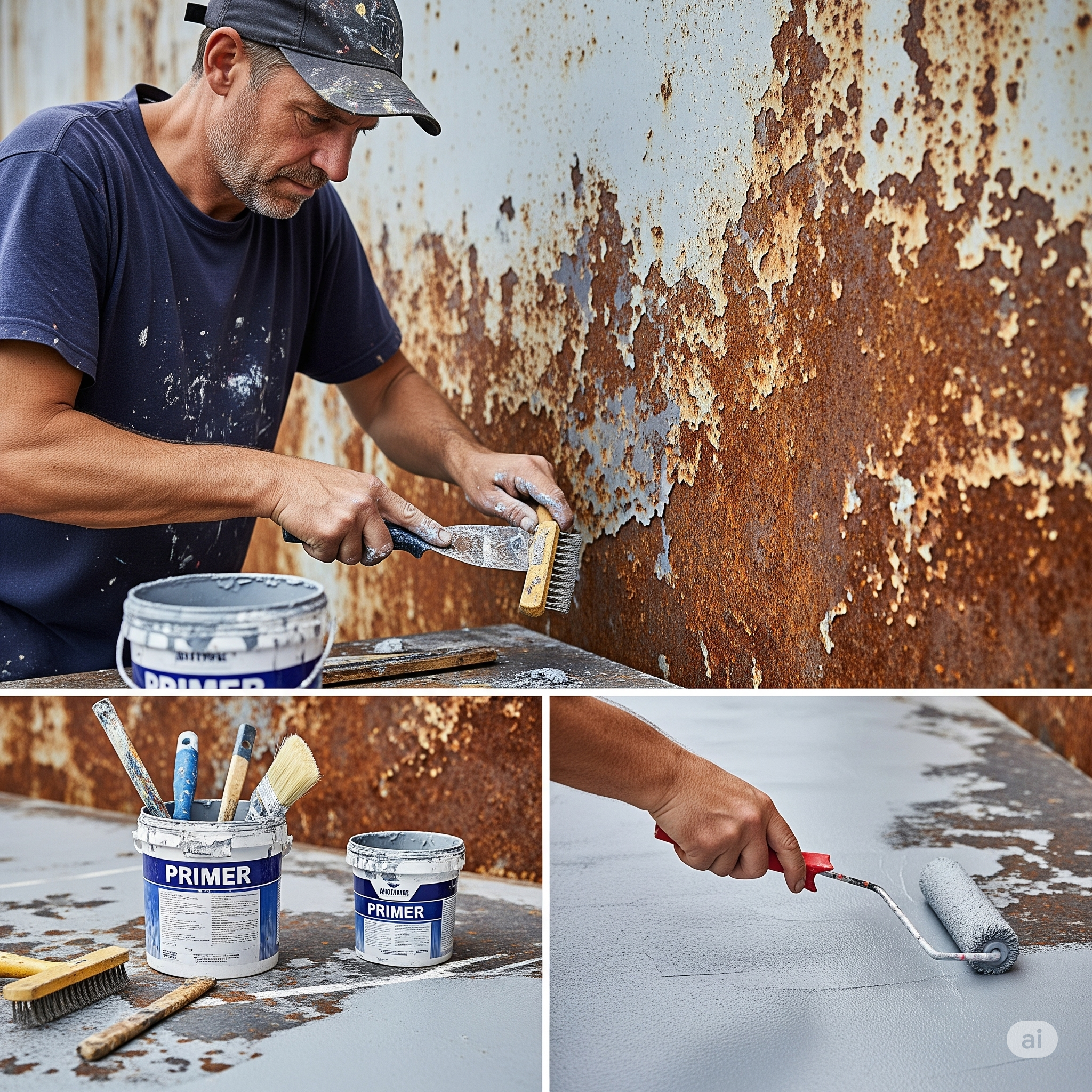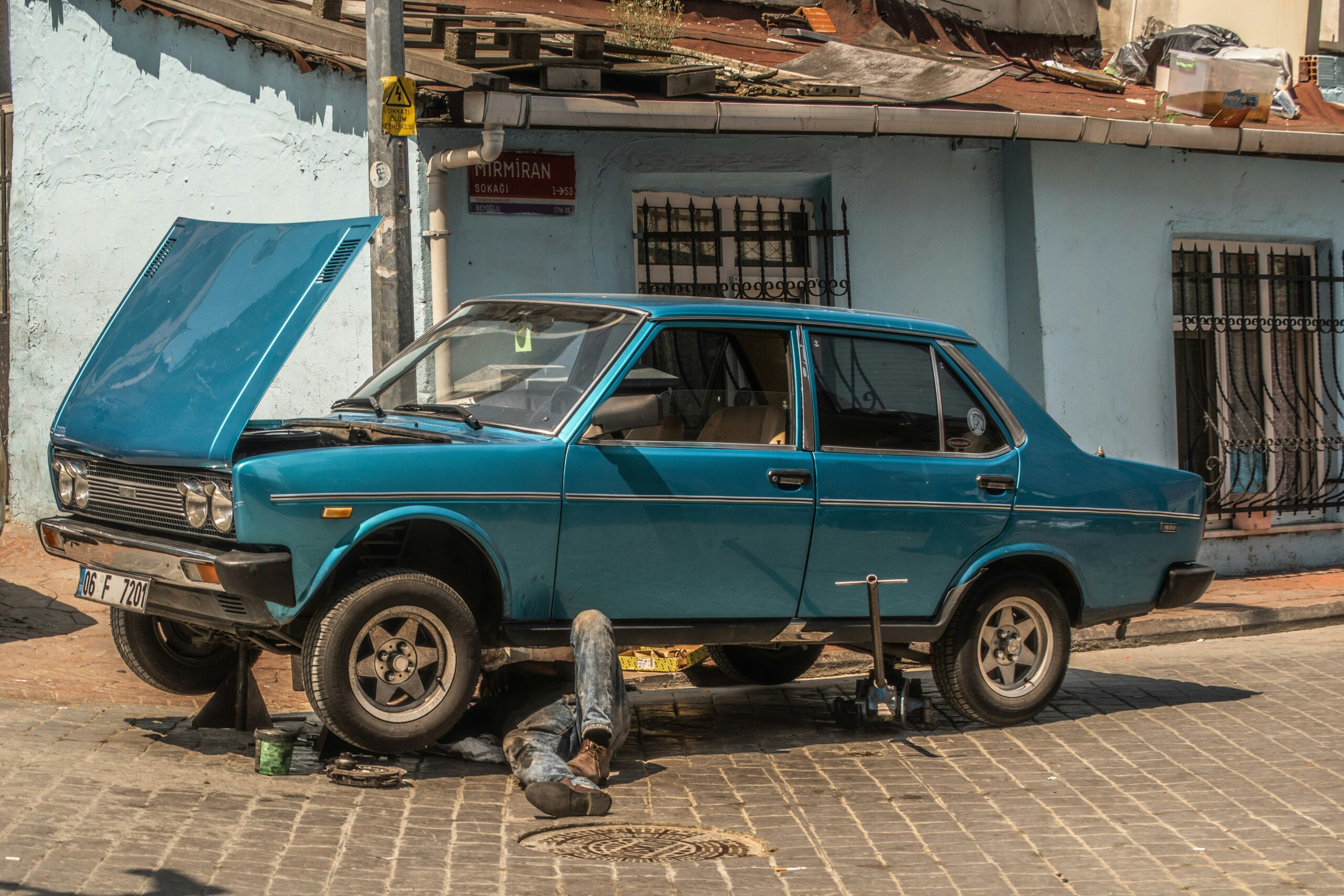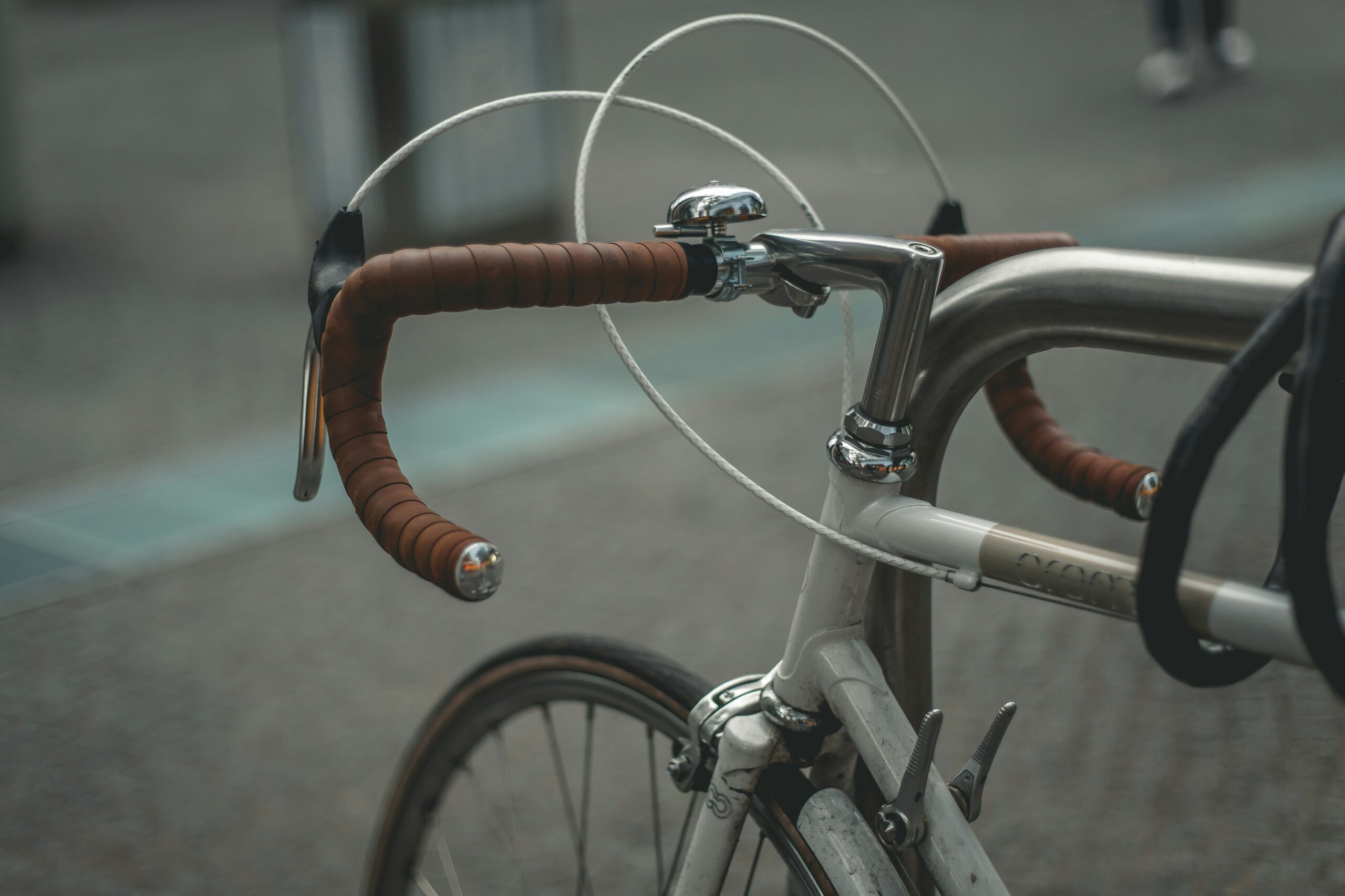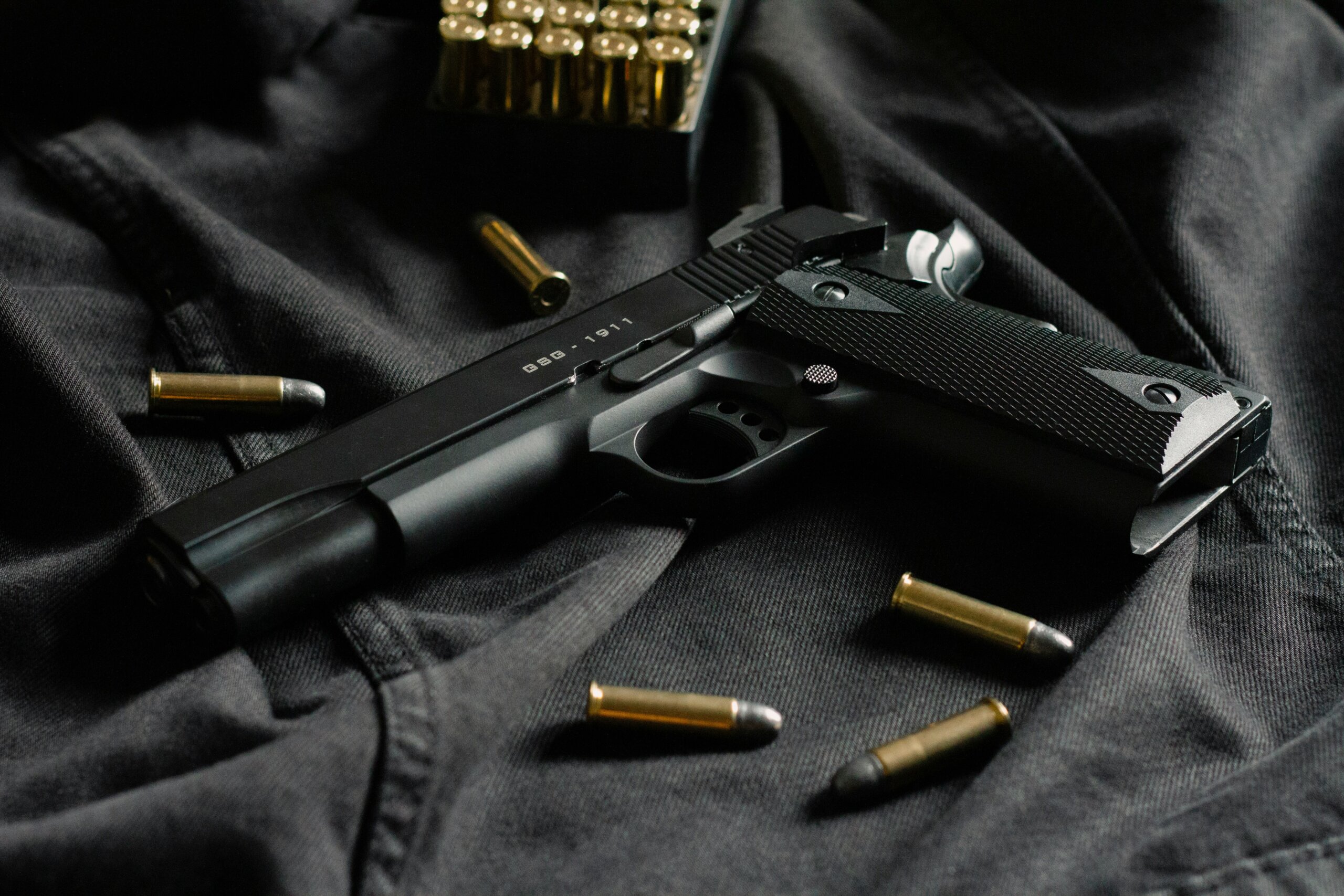Corrosion remediation on cars or how to manage the repair at home and extend the life of the bodywork
Corrosion on a car can also be dealt with at home. We show you how to do it step by step and which COLORIT products really work.
For many drivers, corrosion on the car body is a bogeyman. As soon as the first blister appears under the paintwork or the rusty edge of a wheel arch, the question comes up, "Do I need to take this to the garage right away?" The answer is: you don't have to. As long as the intervention is timely and the procedure used is correct, you can handle corrosion remediation at home in your garage or yard.
Thanks to modern products such as Brunox Epoxy, Rustbreaker Primer or 1K Filler, which you can find in the COLORIT.CZ offer, it is possible to stop the progressing rust, repair the damaged area and restore the protective layer of the bodywork so that the car will last for years to come without expensive repairs.
Rust as a natural enemy - but not invincible
Corrosion is a natural chemical process that is caused by the action of oxygen, water and salt on metal surfaces. It is a very common phenomenon in Central Europe, where roads are salted in winter and cars are often exposed to moisture. Especially older cars that do not have perfect corrosion protection from the factory are at risk.
But it's important to know that not all rust is a fatal problem. If it is caught in time, it can be stopped and the area treated so that it does not rust further.
How to remediate rust step by step
1. Diagnosing the problem
First, assess the extent of the damage. Surface rust (called flash rust) appears as a dark discoloration of the paint or a peeling layer. If the spot is soft or caves in when squeezed, there may be deeper structural damage that cannot be repaired on its own.
2. Mechanical cleaning
Use sandpaper, a wire brush or a grinder to remove all loose rust down to clean metal. The aim is also to remove the edges of the paintwork, which may peel off later.
3. Application of the rust converter
Apply Brunox Epoxy to the cleaned area - a highly effective rust converter that chemically stops corrosion while creating a protective epoxy layer. Unlike conventional rust removers, Brunox has a long-lasting effect and can be repainted straight away.
4. Primer
After Brunox has dried (it is recommended to leave it for at least 24 hours), apply Rustbreaker Primer, a quick-drying primer spray that provides excellent adhesion of subsequent coats while serving as an additional moisture barrier.
5. Additional surface treatment
If the surface is not smooth, the unevenness can be made up with 1K-Filler, which creates a filler for subsequent painting. This gives a smooth and aesthetically pleasing result.
6. Final coating
The paint can be applied to the prepared substrate according to the colour shade of the vehicle - we recommend Cosmos Lac or MACOTA sprays, which have high opacity and durability. Finally, you can also use a clear lacquer for added gloss and protection.
Prevention is essential
Rehabilitation is important, but regular maintenance is even more important. Every time you wash your car, it's a good idea to check critical areas: fender trims, door bottoms, wheel arches, trunk lid, under stickers or seals.
Corrosion protection in the form of rubber-asphalt coatings or waxes can also be applied to the underside of the car to help protect the undercarriage and cavities.
Products from the COLORIT range, such as spray waxes, are ideal for home use and can significantly extend the life of the car.
Corrosion isn't the end of the world if you know how to deal with it. With a little patience, the right procedure and quality products such as Brunox Epoxy, Rustbreaker Primer and 1K Filler, you can tackle corrosion remediation at home and save thousands on service costs. Plus, you'll feel good about your own work and extend the life of your car.
In our e-shop you will find everything you need and clear instructions on how to use the products correctly. Just get to work and your car will repay you with reliability and appearance.



